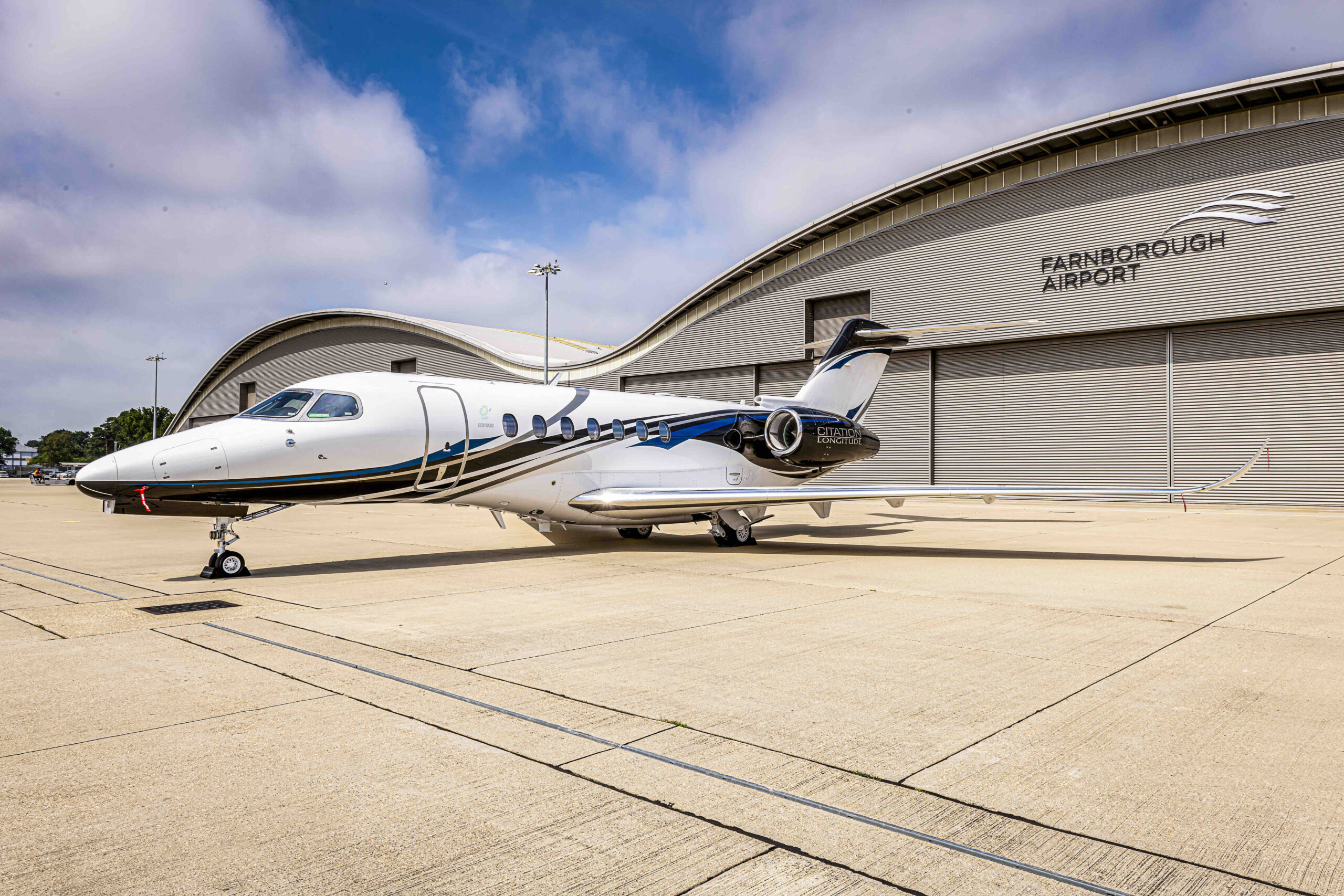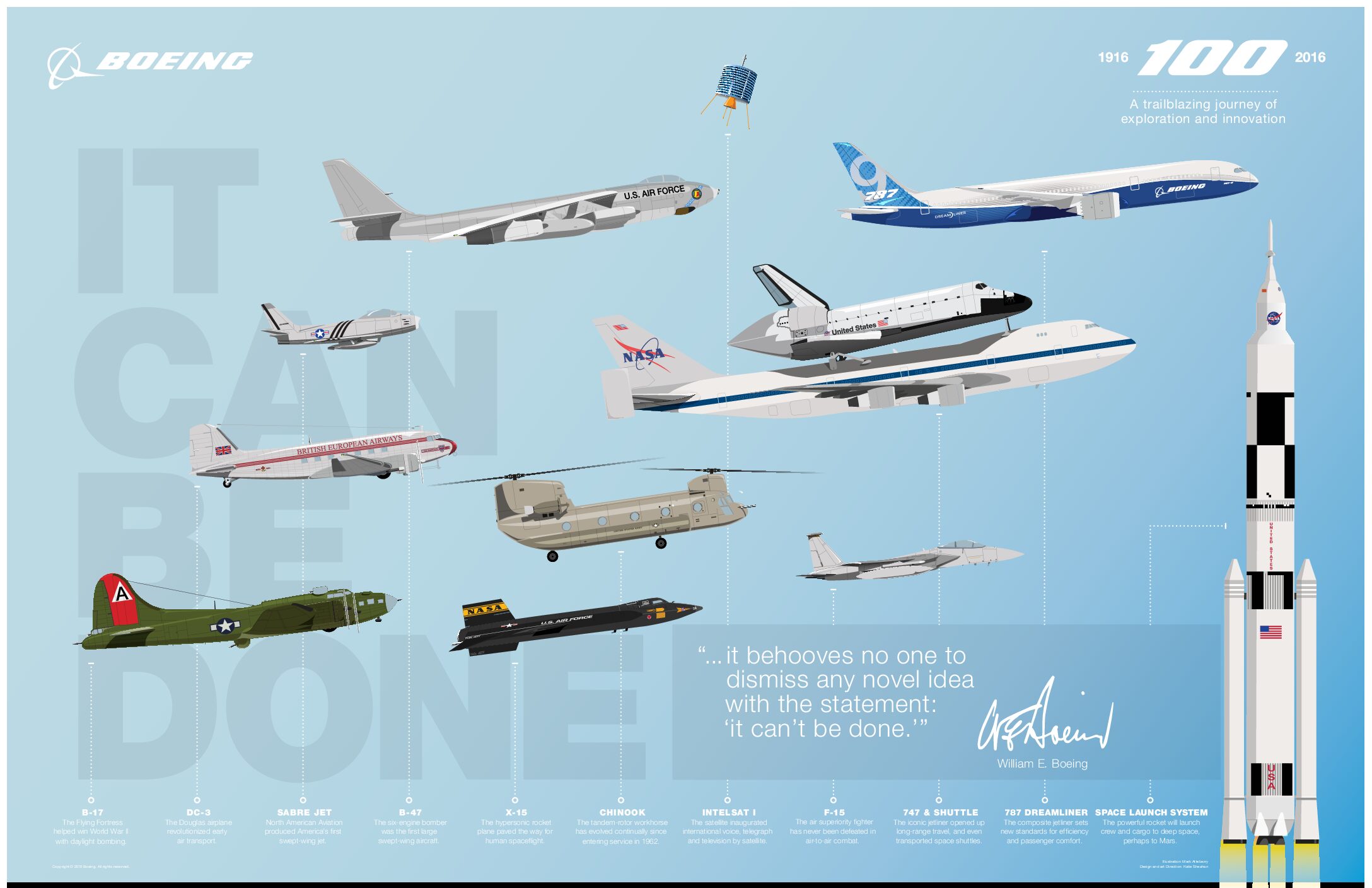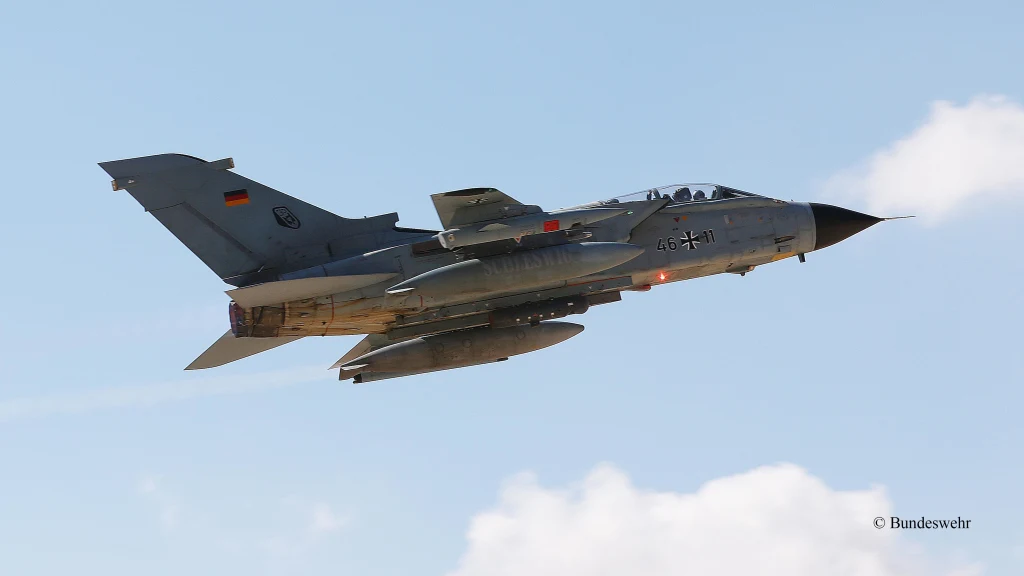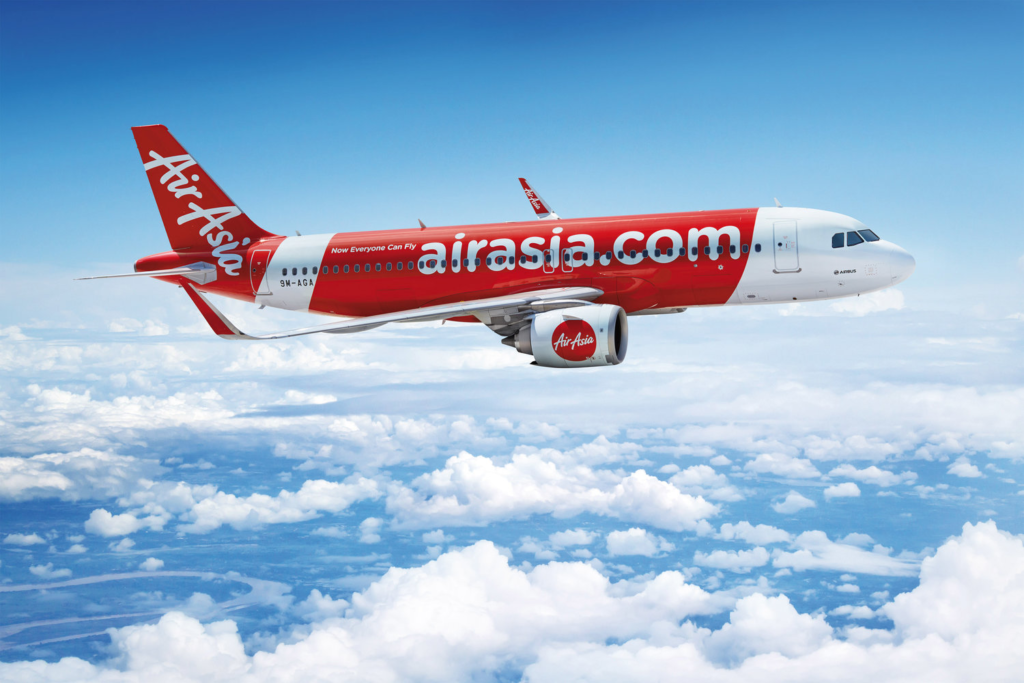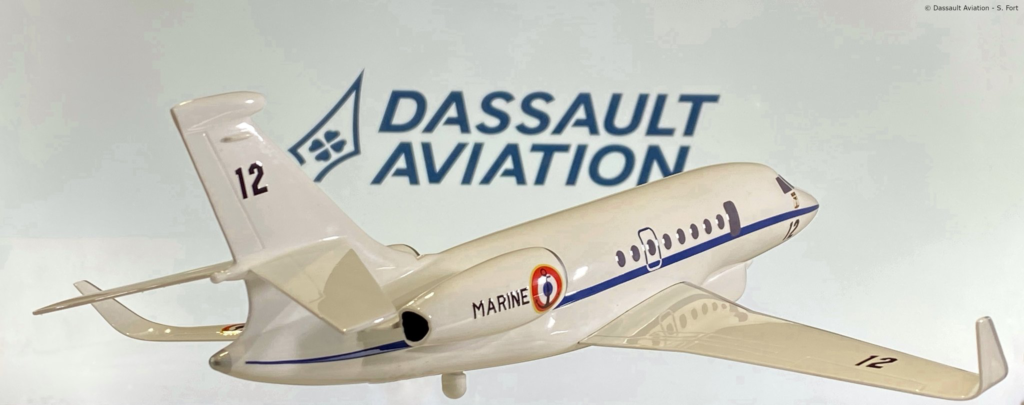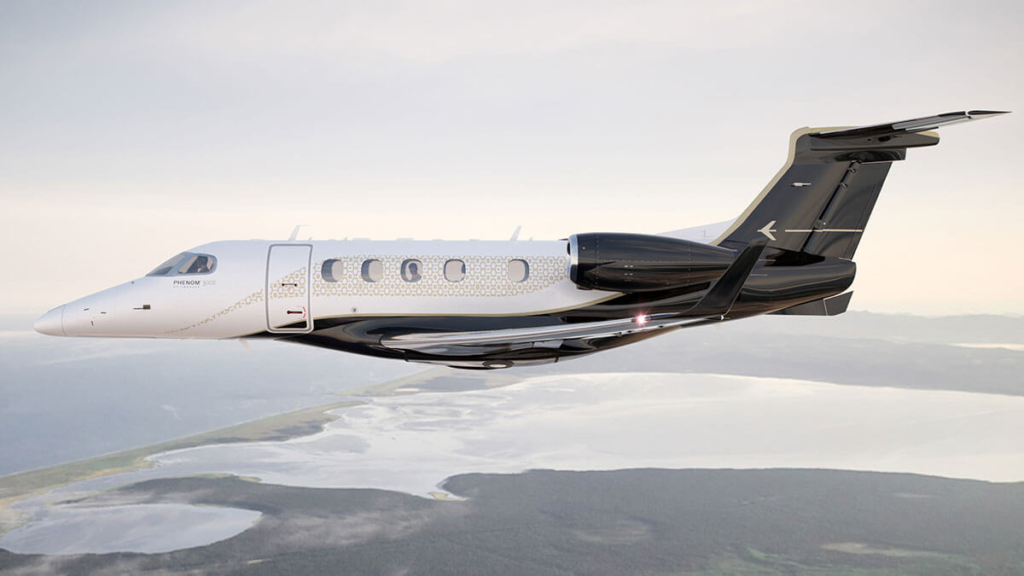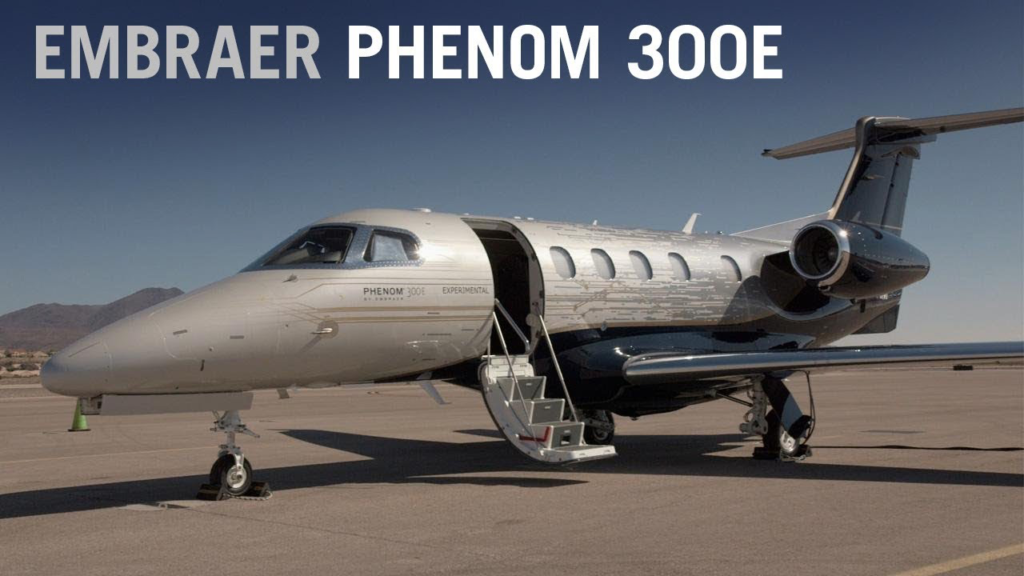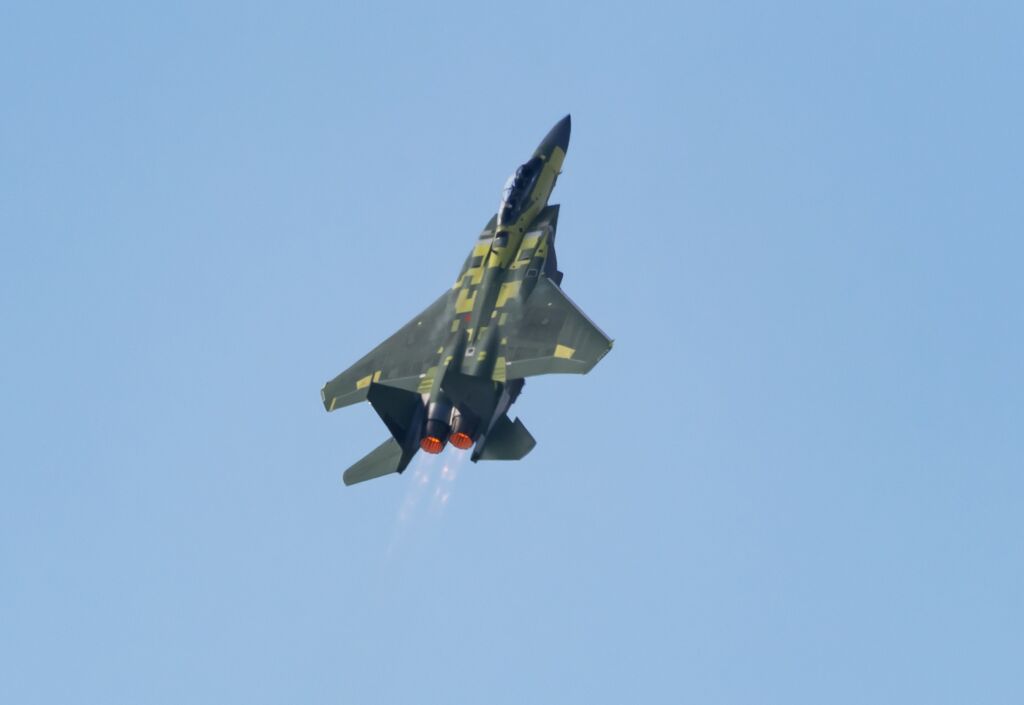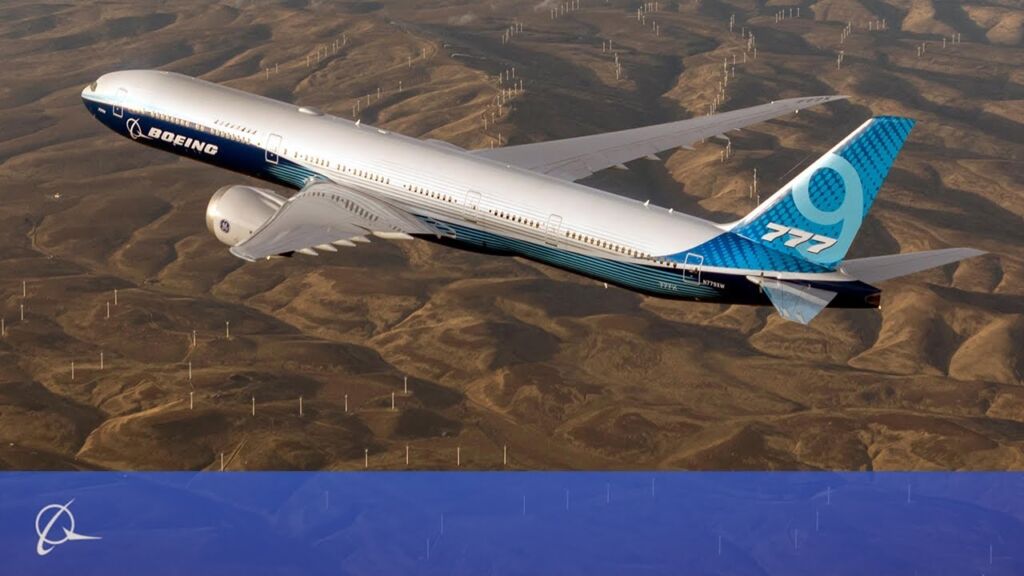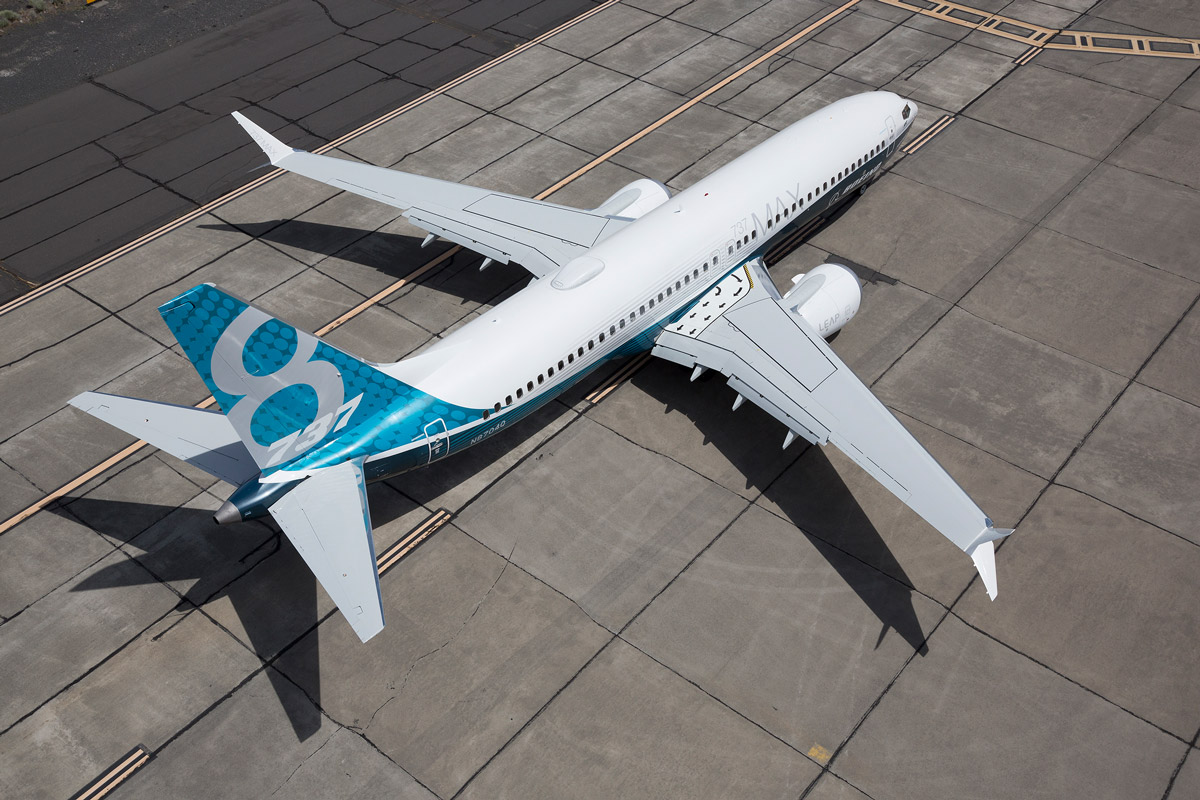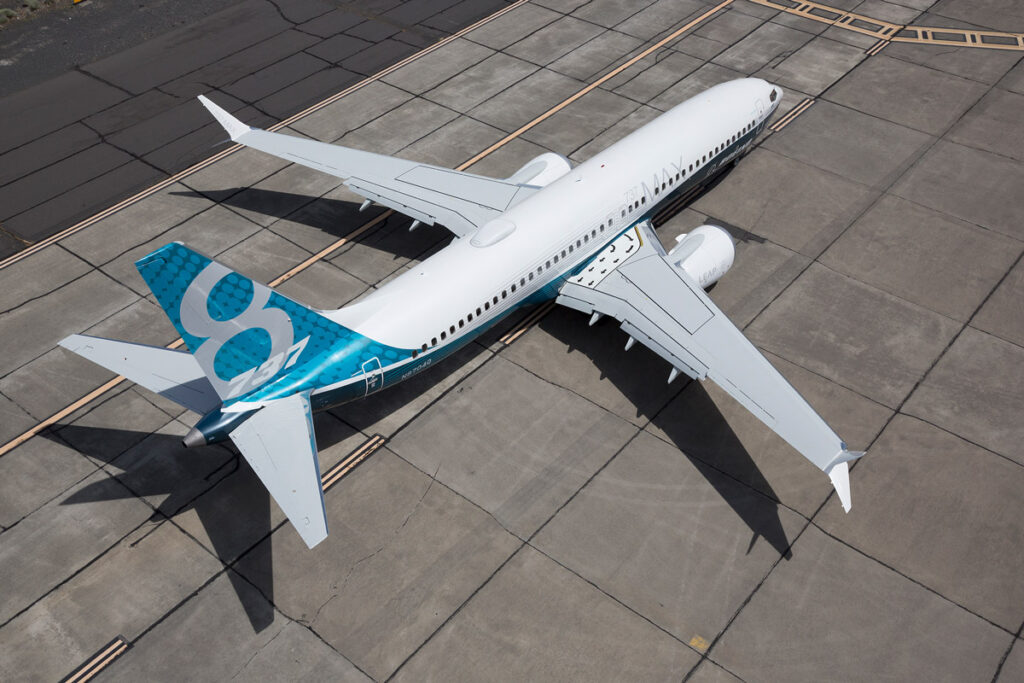Textron Aviation today announced its flagship Cessna Citation Longitude super-midsize business jet achieved certification from the European Aviation Safety Agency (EASA), clearing the way for customer deliveries to begin in the region.
The Cessna Citation Longitude super-midsize business jet is designed, produced and delivered by Textron Aviation Inc., a Textron Inc. (NYSE: TXT) company.
The largest jet in the Cessna Citation lineup, the Longitude was designed with business and return on investment at the forefront, with the lowest direct operating cost of any super-midsize jet. Capable of flying from Geneva to Dubai or Rome to New Delhi, the Longitude offers class-leading comfort, the quietest cabin in class, and advanced connectivity for those focused on staying productive in the air.
As a clean-sheet aircraft, the Longitude was designed with innovation front of mind, and a cabin experience shaped around customer input and a broad range of mission capabilities.
The Longitude is backed by Textron Aviation’s extensive global customer service network, providing customers with direct access to nearly 3,000 expert employees, including service representatives offering maintenance, inspections, parts, repairs, avionic upgrades, equipment installations, refurbishments and other specialized services.
